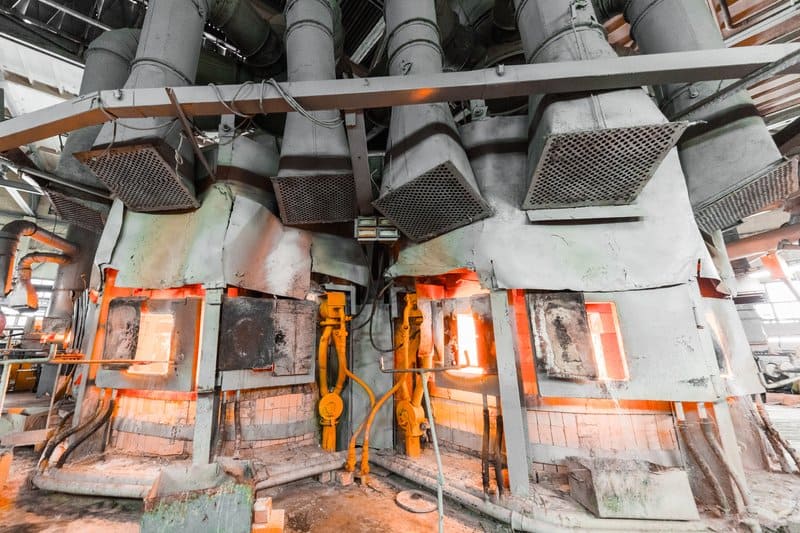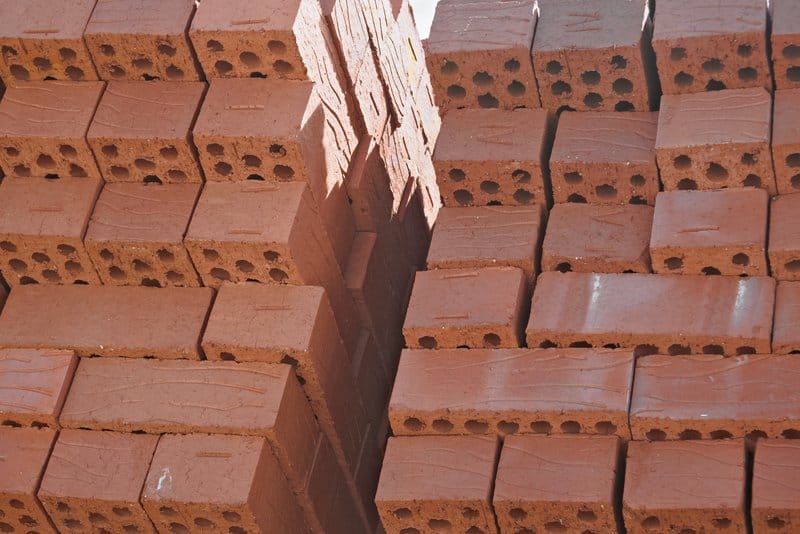General Industry Silica Standard Now in Effect
By now you likely know what crystalline silica is and why it’s a danger to human health (think silicosis, lung cancer, chronic obstructive pulmonary disease and kidney disease). But did you know that OSHA is now enforcing their standard for general industry?
That’s right folks. It’s go time.
Raise your hand if you’re in general industry!
Better listen up if you are in these silica-happy industries:
- Foundries and steel mills;
- Abrasive blasting;
- Paint manufacturing;
- Glass manufacturing;
- Concrete manufacturing;
- Brick making;
- China and pottery;
- Plumbing fixtures; and
- Maintenance work (cutting, grinding, sanding cement, granite counter tops, bricks, etc.)
Crystalline silica may be harmful following high exposure levels received over a period, ranging from a few weeks to years or after long-term exposure at lower levels.


What are the important requirements I need to know?
While OSHA’s regulation has many requirements, here’s a run-down of the big ones.
- Baseline monitoring if silica exposure is suspected.
- Medical surveillance and continued monitoring if results are greater than the action level of 25 μg/m3.
- More specific protections and more frequent monitoring for workers if exposure is above the PEL of 50 μg/m3.
- Limit worker access to high exposure areas.
- Use dust controls and safer work methods to reduce silica exposures.
- Provide respirators to workers when dust controls and safer work methods cannot reduce exposures below the PEL.
- Establish and implement a written exposure control plan that identifies tasks that involve exposure and methods used to protect workers.
- Restrict housekeeping practices like cleaning with compressed air and dry sweeping.
- Offer medical exams—including chest X-rays and lung function tests—every three years to workers exposed at or above the action level for 30 or more days per year.
- Train workers on the health effects of silica exposure, workplace tasks that can expose them to silica, and ways to limit exposure.
- Keep records of workers’ silica exposure and medical exams.
It’s better late than never.
The deadline to comply with all requirements of the standard was June 23, 2018. If you’re not yet in compliance, Safex can assist. We conduct personal exposure sampling, advise on controls and methods to limit exposure, provide respirator medical clearances and fit tests, help with recordkeeping and conduct different levels of training.
Can I get a recap?
- Crystalline silica is harmful in all doses; from high exposure levels over the course of a couple weeks or months, to small concentrations over a prolonged period (years).
- OSHA’s new regulation has many requirements, including exposure monitoring, training, exposure controls and medical examinations.
- The deadline to comply with the new silica standard was June 23, 2018.
